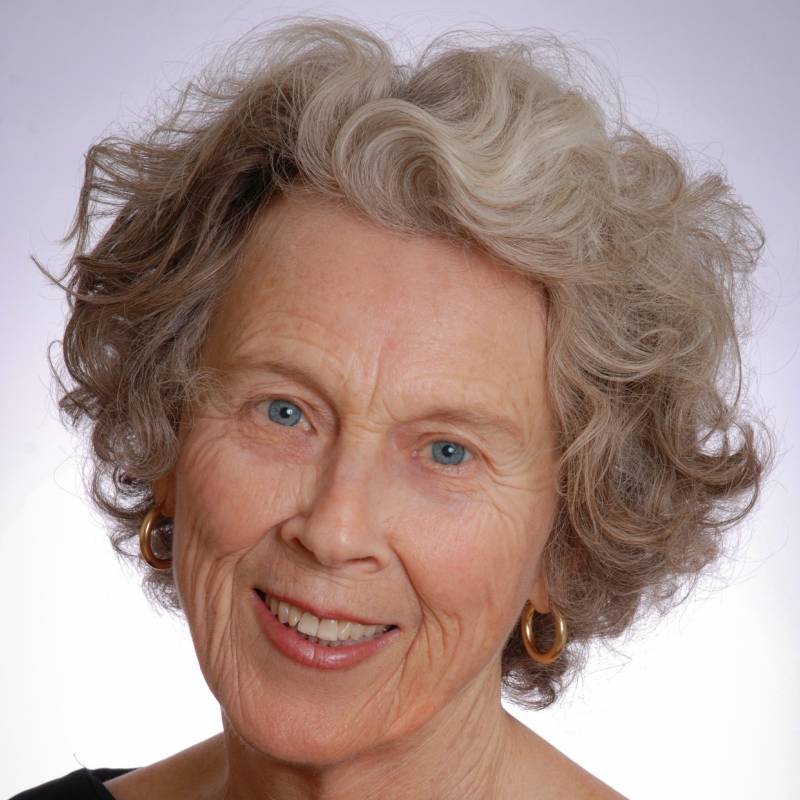June has traditionally been associated with weddings and Joan Steinau Lester celebrates two June Supreme Court decisions that are landmarks for biracial and same sex unions.
When I married the writer Julius Lester in 1962, I knew our interracial union was illegal in some states, yet living in New York I wasn’t worried. Even when our parents wouldn’t come to our wedding, at a brash 22 I shrugged it off.
Only when the Civil Rights Movement exploded and Julius traveled South did I understand the barrier of Southern laws. We could be arrested — or killed — if we traveled together. One biracial Virginia couple, Mildred and Richard Loving, had been jailed for marrying and threatened with prison if they didn’t leave Virginia. So they left—and sued.
Five years into my marriage, on June 12, 1967 I was listening to the radio when I heard, “In Loving vs Virginia, the Supreme Court ruled state bans on interracial marriage are unconstitutional.” I screamed, startling our daughter.
“Don’t cry, baby,” I said. “We’re legal now!”
